And Now For Something Completely Different
When it comes to working with horses, we all have our preferences of personality. I think by proxy, some of us are better at training stubborn horses, some better at training sensitive horses. Some of us are better at training thinkers, and others yet are better at training feelers. Some of us can handle more dominant personalities, while others have the right touch to make the most docile horses shine.
As for me, I have always loved the over-thinkers. I love that they are smart and are always telling you what they think is best. The reason I love this personality type is that they are intelligent and always communicating what is on their mind. I never have to really guess too much about their thought process because they make it plain.
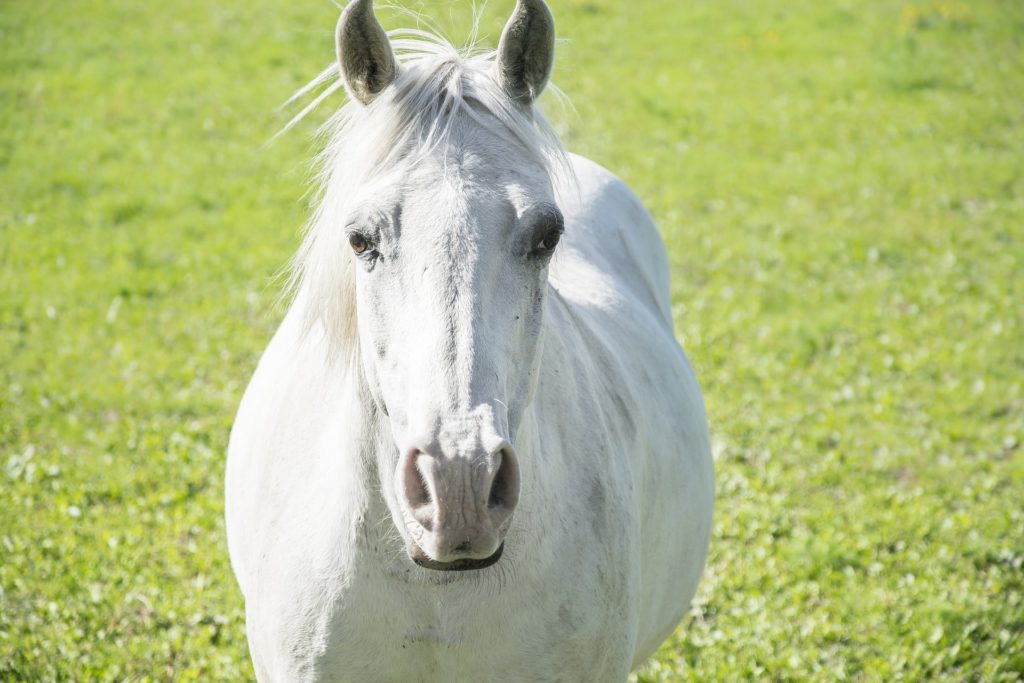
Source: Pixabay
Because of this, I can channel opinionated, contrarian behavior into challenges that intrigue them enough to keep their attention. (Learn more in How to Challenge the Challenging Horse).
What you want, however, is not always (ever?) what you get.
I found myself working with Rose, the complete opposite of my favorite personality type: flighty, elusive, sensitive, and puzzling. When I first started working with her, she had already deeply bonded with her owner. She didn’t really care to connect with me at all. Oy vey.
Rose was difficult with everyone who handled her. Aggressive, spooky, and extremely dominant, she fought anything she didn’t want to do. After observing Rose’s behavior, I came to realize that behind her aggressive dominance was a very sensitive horse that wanted to please her rider to a perfectionist’s degree.
Not knowing how to do that, she had resorted to a withdrawn state, not easily allowing handlers to lay down any rules for her.
No matter the circumstance, she had gotten to a place where she just would not listen. Though she was obstinate and fiery, she was incredibly spooky. She reacted in big ways to everything she was afraid of. Between taking off around the arena, barreling into the person leading her, and trying to get away from her handler, she was a mess when she was afraid, because she felt she needed to fend for herself.
What Can You Do With a Horse That Won’t Listen?
In an effort to help make her rideable again, I started spending more relaxed time with her. I tried to understand what made her tick: what she wanted, what she feared, and how she responded to leadership. I made it clear early on that I was not trying to be her friend. Of course, I wanted her to feel she was safe in my care.
But first, I wanted her to act in a way that was safe around me. It was a battle at first. She didn’t get two steps out of her stall without trying to rush past me. So I backed her up, led her back out of her stall again…for her to rush past me again. But I didn’t let her off the hook. I made it such a hassle for her to misbehave and disrespect my leadership, that she just started to give.
This is the essence of the Pressure and Release Method: to show the horse that the correct behavior provides them rest.
Rose is smart. Though she really wanted to please deep inside her, she didn’t want to give up her autonomy at first. Her dominance had protected her through confusion and maybe even mishandling. But now that she was safe, it was time to let that go.
What is pressure and release training?
Pressure and release training is a form of negative reinforcement training that is commonly used with horses. If you are standing at the horse’s hindquarter and want him to take a step away from you, you push into his leg with your hand. As soon as he steps away, you release the pressure. This is negative reinforcement.
As with most training topics, there is a spectrum of opinions related to this type of training. Some argue that horses are prey animals and their natural instinct is to move away from pressure, also citing that their instinct is to respond with either a fight or flight mentality, neither of which is desirable under saddle.
Others argue that negative reinforcement is simply effective. Both make valid points; always consider whether your source is credible, fact-check it with some common sense, and when in doubt, consult a trusted equine expert with questions on anything training-related.
The Value of Choice
With a little persistence, and a couple of Join-Up encounters in the arena (a method perfectly aligned with the Pressure and Release Method), her whole demeanor slowly began to soften. Every time I worked with her, I gave her a choice. She could either make her life difficult by misbehaving, or listen and be rewarded. Over the course of the next few months, Rose began to develop a posture of listening, which just increased with each session.
Anyone can learn the basics of how to work with a horse who, like Rose, just doesn’t want to listen.
 How to Use Pressure and Release Method
How to Use Pressure and Release Method
Get your emotions out of the way. This time with your horse is all about what they are experience in the moment, including their mental process, their physical and psychological state, and their fears. To project the emotions of your bad day or unwarranted frustration will be counter-productive to your horse, because it could issue them negative signals when they are in fact offering you a positive change of behavior.
Pay attention so that you do not miss vital moments that will expedite your training process. Consider this a tender, sacred time for you to really see your horse mid-process. Choose ahead of time the behaviors you will accept…and the ones you won’t. In order for you to properly train your horse through Pressure and Release, you will need to know the behavior is worthy of reward through Release.
You will also need to know the undesired behavior that will cause you to continue the Pressure.
You want to focus solely on the outcome you want so that you can recognize even the small stages of it. Be ready to reward even the slightest accomplishment towards that desired outcome, but be clear about the behavior you will no longer accept.
The appropriate time to press your horse is when they are exhibiting the behavior you do not want. You base the type of pressure on the circumstance. If they walk past you or invade your personal space when leading, back them up several steps. Say they rush past you again–back them up until they pay attention. And when they don’t move from a walk to a trot at your command, press on their sides persistently. Keep pressing–add the crop if necessary–until they move up to a trot. Then….Release.
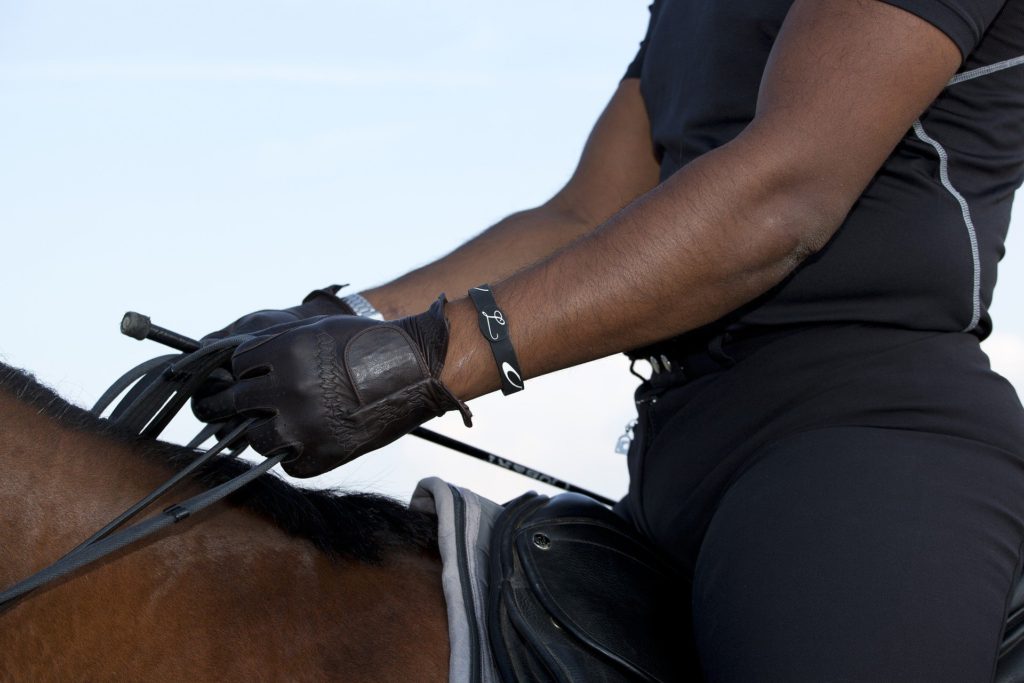
Source: Pixabay
Get your leg off of them immediately, reward them with a pat on their neck and a soothing “Good Horse” with your voice. It is that simple. The idea is to make the correct behavior for your horse the path of least resistance, and any other problematic behavior the hardest to do. The very moment that they give, you release. The release may be putting them back in their stall after they finally figure out your request. Or, it may just be walking a few relaxed laps around the arena.
If the concept was difficult for them to grasp, give them a big pat, untack them, and put them away. They will realize in a drastic way just how well they did, and remember it for next time.
Reinforce and Build on Small Steps
The beauty of the Pressure and Release Method is that you can build on the smallest accomplishment. Be sure to show an obvious release as soon as they offer you the correct behavior. If they seem confused, release when you simply see the first step towards good behavior.
Soon, your horse will begin to understand that their attentiveness to their handler directly benefits them.
You will be surprised how quickly your horse progresses, because you’re not just teaching the horse to correct the given behavior or movement.
You and your horse are learning to effectively communicate together. Horses respond incredibly to the Pressure and Release Method, because they instinctively want to be at peace. As you get in the habit of Pressure and Release, you will see how much of your training can hinge on this simple and effective mindset. Pressure and Release can apply to beginning training, bombproofing and desensitizing, and getting through mental blocks with your horse (especially those who have undergone trauma).
The Most Difficult Horses Can Rise to the Occasion
Pressure and Release helped Rose, because it gave her a choice. She had the choice to be crazy and pushy, or attentive and responsive; the choice to submit and be safe, or to do things her way and be unprotected. It caused her to consider the dynamic with her handler and to see that humans want her to be safe. Knowing that she was offered rest and protection, her talents rose to the surface.
Now the horse that I felt I was stuck working with has become a delightful horse that I look forward to seeing every week. The fear-driven aggression faded to the background as she began to blossom into an incredibly intelligent, responsive, and attentive horse. As she gave up her autonomy, even the nature of her spooks changed. More often she is looking to her rider for direction in how to respond to the fear.
Every horse is a work in progress. That is the beauty of our task and privilege as equestrians: to grow as riders, and to positively impact the experience of the horses we encounter.
Frequently Asked Questions
What are different types of horse training methods?
There are a plethora of different horse training methods.
- One common type of training is called “Natural Horsemanship;” its practitioners often refer to everything else as “traditional” training.
- Dressage, which is an equestrian sport featured in the Olympics, means “training” in French.
Dressage can be a training foundation for all types of horses when starting to work on the flat. - Most horses are taught to move away from pressure; squeezing your legs means to go forward.
- In the Quarter Horse show world, many show horses are trained using the “spur stop” method, where the horse will actually slow down or stop depending on how much pressure is applied.
There is no “one size fits all” training approach to horses, or people. That said, a solid basic understanding of how horses think and behave can go a long way in learning how to work with them.
Who is the best natural horsemanship trainer?
The best natural horsemanship trainer is the one who makes you and your horse comfortable and helps you achieve the goals you have set. There are many “big name” trainers out there, but not everyone can learn how to train a horse from a video or a book, or have the money to afford a well-renown trainer.
There are plenty of effective local trainers that can help with hands-on learning; don’t overlook an effective trainer just because they don’t have a highly sought-after name or long waiting list.
That said, some of the most commonly known natural horsemanship trainers include:
- Pat Parelli
- John Lyons
- Clinton Anderson
- Stacy Westfall (Read her Letter to My Rookie Self)
- Craig Cameron
- Buck Brannaman
- Chris Cox
Is there such a thing as a horse whisperer?
A horse whisperer is generally thought of as someone with a unique ability to communicate with horses. That said, there is no secret power that enables someone to do this. Everyone has their own, unique strengths and weaknesses; some people are very good at reading animal body language, which helps them better communicate with horses.
That said, anyone can learn to read equine body language. A basic understanding of equine behavior and psychology is a great building block to a trust-based relationship with your horse—time spent learning how your individual horse reacts to various stimuli will serve you well in better communication.
How much do horse trainers get paid?
Most horse trainers will tell you that they aren’t doing the job to get rich—it’s a passion that some are fortunate enough to turn into a career. According to salary.com and ziprecruiter.com, the average horse trainer makes $37K per year (as of December 2020 data).
P.S. Enjoy this article? Trot on over to:
- 9 Best Online Horse Training Courses for Goal-Getters
- 2 Simple Ways to Improve Your Horse Relationship Today
- 32 Things you can do today to calm your riding nerves forever
- Teach a Horse to Stop Grazing While Leading (Step by Step)
- How can I calm my nerves before horse riding?
- What are some ways to gain confidence riding horses
Sources:
https://www.horseclass.com/blog/pressure-and-response-in-training-horses/
https://equestrianwriter.com/blog/2018/12/18/pressure-release-training/
https://www.horsemagazine.com/thm/2014/12/the-principles-of-horsemanship-part-2-pressure-release/
https://horserookie.com/horse-training-pressure-release/
https://practicalhorsemanmag.com/training/horse-training-techniques-jim-wofford-27861
https://cowgirlmagazine.com/natural-horsemanship-trainers/
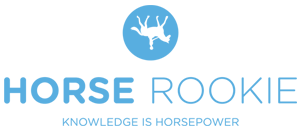
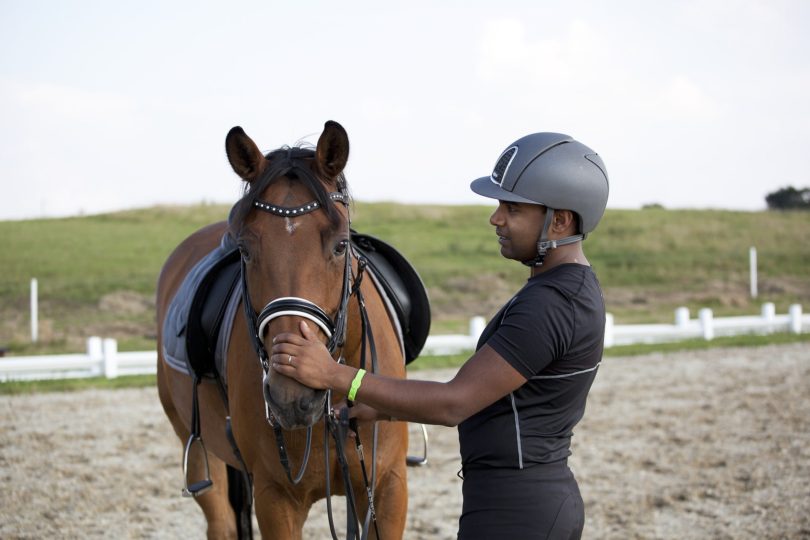

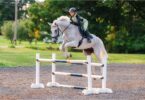


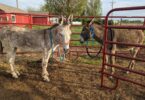


[…] your horse that safe behavior is in their best interest. (Read more about the Pressure and Release Training […]